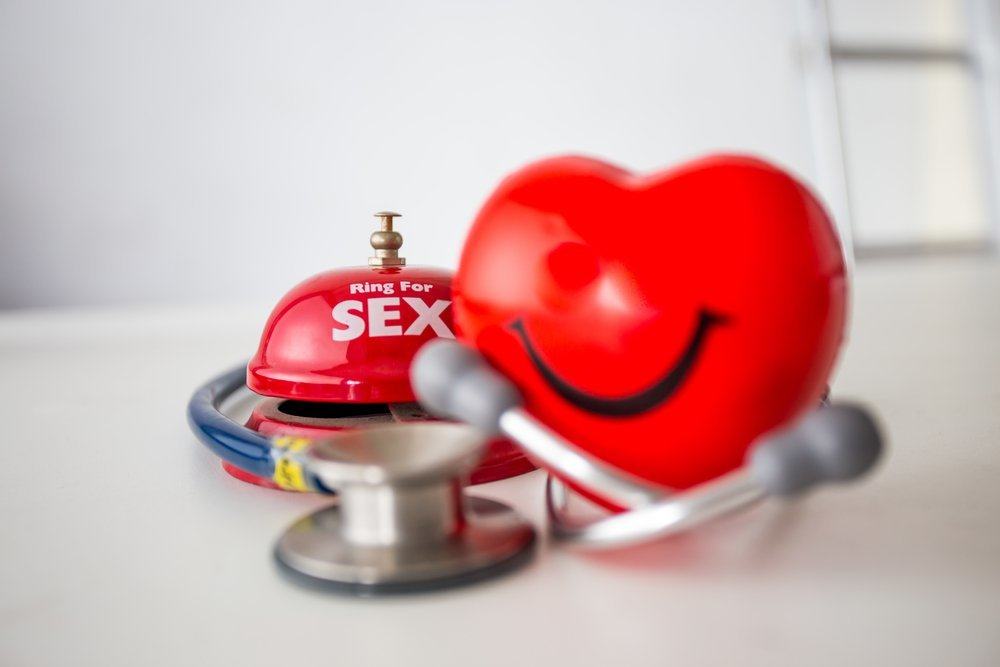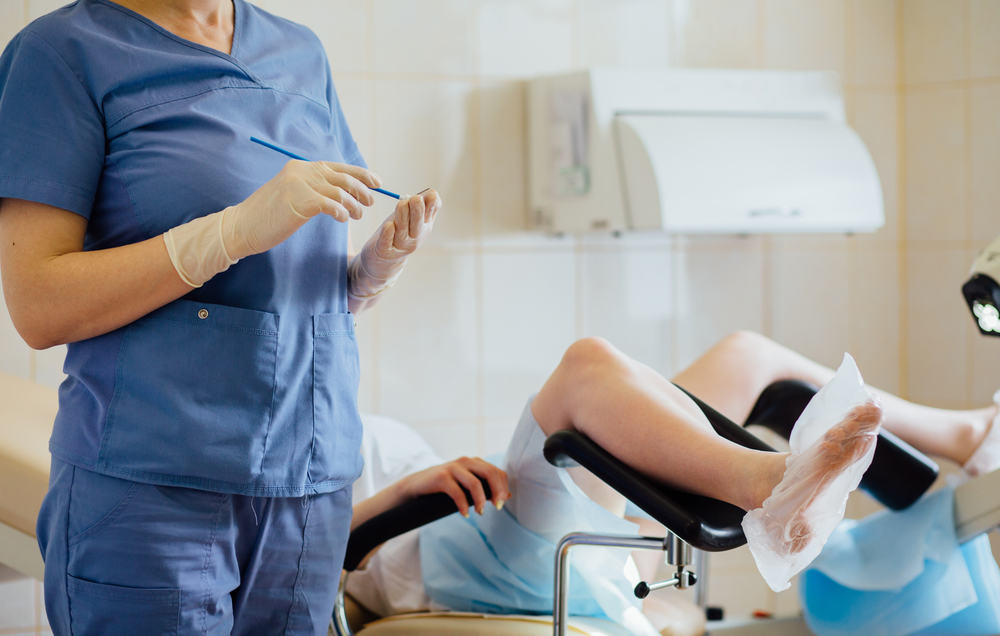Contents:
- Medical Video: Top 10 WORST Sports Injuries Caught on Camera
- Protect children from sports injuries
- 1. Understand the conditions and choose the right type of exercise
- 2. Prepare sports equipment and protectors
- 3. Explain the correct rules and techniques of exercise
- 4. Sufficient nutrition and water intake
- 5. Get enough rest
- What should parents do if a child has a sports injury?
Medical Video: Top 10 WORST Sports Injuries Caught on Camera
Sport is a way to keep your body fit and healthy. This physical activity is not only done by teenagers or adults, but also children. Applying exercise to children makes them accustomed to living a healthy life. Although exercise is very beneficial for children's development and achievements, the activity is vulnerable to injury. For this reason, parents need to protect and avoid children from sports injuries.
Protect children from sports injuries
On average children like sports because they can move freely and interact with their friends. However, they are often not careful in doing things. For example, when cycling or running in the morning they often fall. This is also due to the coordination and reaction of the child when a sudden occurrence occurs more slowly than an adult. Here's how to protect children from injury while exercising:
1. Understand the conditions and choose the right type of exercise
Not all children have normal conditions. If your child has a condition or disease that affects him or her to exercise, consult your doctor first to find out what type of exercise is suitable for his health.
For healthy children, you certainly don't need to worry about what type of exercise your child does. At his age, children's motor skills develop in various ways. So, don't just specialize in one type of exercise in a child. This can cause muscle and mental stress and inhibit nerve coordination and development because one type of exercise will only train certain muscles, not all.
2. Prepare sports equipment and protectors
Sports protective equipment includes helmets, shoes, knee or elbow pads, and much more. Don't forget to always prepare this equipment before the child is exercising. Explain to the child the function of the protective equipment and how to use it so that the child does not forget to use it. Be sure to check the condition of the sports equipment and its protectors to avoid damage.
Use clothing, shoes, and protective equipment that is suitable for body size so that the body does not experience abrasions or sores because of its inappropriate size.
3. Explain the correct rules and techniques of exercise
Each type of sport has a technical standard in practicing it. Doing sports techniques correctly avoids children from injury. For example, wrong kicking a ball can make a child dislocate. So, it is important to provide knowledge to children first about this. If your child follows a sports club, the trainer will definitely explain this.
In addition, do heating and cooling exercises, before and after exercise. This helps the muscles to prepare themselves when they have to work hard and normalize it again. Do it for at least five to ten minutes.
4. Sufficient nutrition and water intake
Exercise requires more energy. Therefore, it is important to provide food before and after exercise with nutrition and a balanced portion. Eating before exercise makes the body become more energetic and eating after exercise helps the body recover the damaged body cells.
So, prepare some healthy food for your children to exercise with their friends. Then, prepare enough mineral water so that the child's body keeps its fluid balance. At least the child must drink every 20 minutes during exercise.
5. Get enough rest
During a sports session, determine the time for the child to rest. In addition, adequate sleep also prevents children from getting less sleep and muscle fatigue. Because both of these things are often the cause of child injury. In addition, pay attention to the child's condition when they begin to be out of focus and look tired. It's time to stop sports.
Reporting from WebMD, the American Academy of Pediatrics (AAP) recommends limiting one sport to no more than five days a week or at least one day to be active in a week.
What should parents do if a child has a sports injury?
Even though it has taken precautionary measures, injuries can still occur. However, the risk is smaller. For minor injuries such as blisters, parents can do treatment at home and make sure the wound is cleaned properly. Meanwhile, the child must also rest until the wound improves.
However, for acute injuries such as severe bleeding or fractures, the child must get medical help. Even if the wound does not appear, injury to vital body parts such as the head can be very dangerous.












